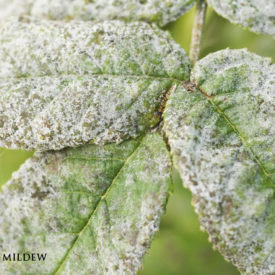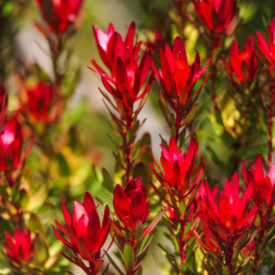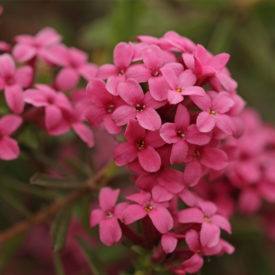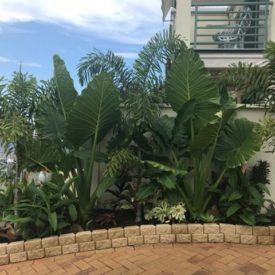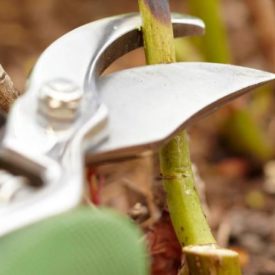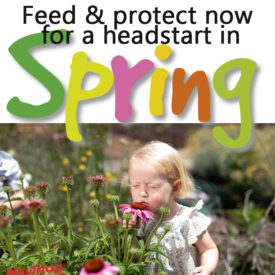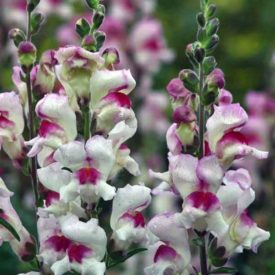Indoor plants
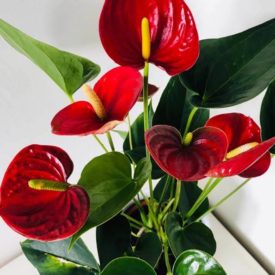
Planting themes, garden design and fashionable plants come and go in cycles, just like the history of architecture, cars and most things that we as humans, connect with. To say that there has been a resurgence of indoor plants over the last couple of years is something of an understatement.
Back in the mid 1980s was the last huge indoor plant craze. Retailers could not keep enough of them on the nursery shelves, and a constant stream of fishbone ferns, maidenhair ferns, devils ivy, piggy back plants and dracaena’s – to name just a few – were flying out the door. Many of us would recall the bronze-look totem poles with arms from which we had bronze pots with plants spilling from them. No self-respecting bathroom would be seen without one. Then, fashion changed and we moved away from indoor plants.

